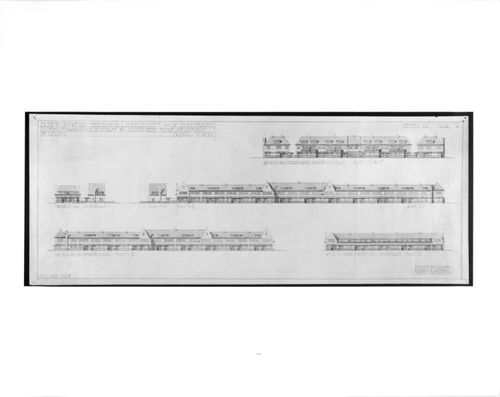DR1984:0816
architecture
January 1928
architecture
photographs
DR1995:0216:551-551
between 1963 and 1966
photographs
between 1963 and 1966
drawings
Quantity:
18 drawing(s)
ARCH196392
drawings
Quantity:
18 drawing(s)
drawings
ARCH261291
1982
drawings
1982
textual records
ARCH276934
1 December 1967
textual records
1 December 1967
textual records
AP197.S1.SS2.037
circa 2010-2015
textual records
circa 2010-2015
drawings
DR1986:0164
architecture
printed 1934
drawings
printed 1934
architecture
photographs
PH1986:0100
printed 1985
photographs
printed 1985
textual records
AP149.S3.SS1.061
Description:
Specification for the "How the Other Half Builds" and the Aranya Housing project publications.
1980s
Speficication for publications on Mininum Cost Housing Group projects in India
Actions:
AP149.S3.SS1.061
Description:
Specification for the "How the Other Half Builds" and the Aranya Housing project publications.
textual records
1980s
Project
CI005.S1.1917.PR3
Description:
The Seafront Terrace Housing, or "Strandboulevard" was originally designed by Oud for the property developer, Maatschappij Oostduinen Scheveningen. Oud was originally commissioned to build only for one strip of development. He designed nine three-storey luxury units that could be repeated any number of times. Oud's contemporaries viewed the design as embodying the Dutch artistic movement, De Stijl. The sea-front elevation for the design is cubic. While Oud eventually opted for an unornamented design, his original drawings featured masonry ornaments and panelling (Taverne et al. 2001, 145-148). Project series includes drawings of plans, photographs of drawings, and a photograph of a model.
1916
Seafront Terrace Housing (Strandboulevard), The Hague, Netherlands (1916)
Actions:
CI005.S1.1917.PR3
Description:
The Seafront Terrace Housing, or "Strandboulevard" was originally designed by Oud for the property developer, Maatschappij Oostduinen Scheveningen. Oud was originally commissioned to build only for one strip of development. He designed nine three-storey luxury units that could be repeated any number of times. Oud's contemporaries viewed the design as embodying the Dutch artistic movement, De Stijl. The sea-front elevation for the design is cubic. While Oud eventually opted for an unornamented design, his original drawings featured masonry ornaments and panelling (Taverne et al. 2001, 145-148). Project series includes drawings of plans, photographs of drawings, and a photograph of a model.
project
1916
